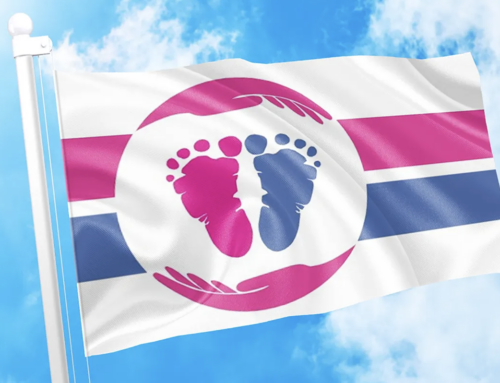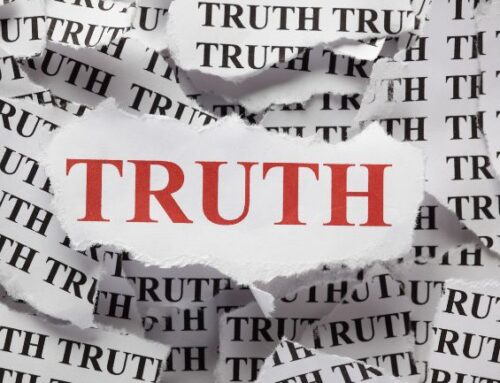About this time of year, every year, I re-read Hans Christian Andersen’s tale, The Snow Queen. It was a story very dear to my mother and it is now dear to me. It tells the story of a wicked magician who made a piece of glass which had the magic property of getting into people’s eyes and making all good things look ugly, and all bad things great and wonderful.
There was a little boy named Kay, who got a piece of this glass in his heart and it turned him against everything good and true, even against the little girl Gerda whom he loved, so that he ran away to live in the Snow Queen’s palace where all human feelings are dead.
Just a fairy tale, of course, but I often think of it when I find how hard it is to tell a story which people don’t want to hear. A famous journalist, Walter Laqueur, has just written a book called Breaking the Silence about the difficulty he had in getting the truth about the holocaust accepted when the news first came out.
In July 1942, unimpeachable evidence reached the West from a very high official in the Nazi government telling of the plans to build the furnaces and the crematoria for the so-called Final Solution. But no one would believe it. The information must be exaggerated, said the British and American governments. The informants must be looking for big rewards. The worst thing that cold be done would be to antagonize Hitler. Such were the arguments Walter Laqueur encountered. So nothing was don. No allied rescue operation was mounted. No warning of reprisals was given. And six million went to their deaths.
Yes, the refusal to see things as they are, the instinct to harden our hearts, is strong among us. I have had a group of tourists in Israel sit down on the front steps of the Vad Vashem memorial building in Jerusalem and refuse to go inside because, they said, the photographs inside were all a “hoax.”
These are time when I think I have live d too long and seen too much of human nature. Then I remember little Kay, and how Gerda found him at last in the Snow Queen’s palace in Lapland, and how she ran to him and wept on his breast, and her tears melted the piece of glass in his heart, and he burst into tears and kissed her, and they went home together for Christmas.
And I think of all those whose hearts are frozen today, so they cannot see the suffering they cause, and they refuse to believe there is anything they can do to mend it.
Another holocaust is going on in our midst right now, and the messages are coming back to us of two million babies killed every year in the abortuaries of North America – and still we do not want to believe. “The figures cannot be that large, there must be an exaggeration, and anyway, it’s not really killing, is it, when they are still unborn?”
How cold the voices are, just like little Kay’s when he laughed at his grandmother’s stories and mimicked all the good people in town. So today, the good folk who picket the abortuaries in the cold winter weather are laughed at and called “fanatics.”
And when it was suggested that a little child knock at the door of a prominent abortionist and ask politely, “Please, when you are you going to stop killing babies?” the public was scandalized. The Globe and Mail protested vigorously against this “harassment” of innocent citizens.
The little bits of broken glass, each a distorting mirror of the truth, are flying far and wide. But then I remember that in the end, it was a human tear which melted the glass and freed little Kay from the Snow Queen’s palace.
May all those who weep for the unfortunate innocents this Christmas have their reward, and may their tears perform the miracle of melting hearts as the great storyteller foretold.



